


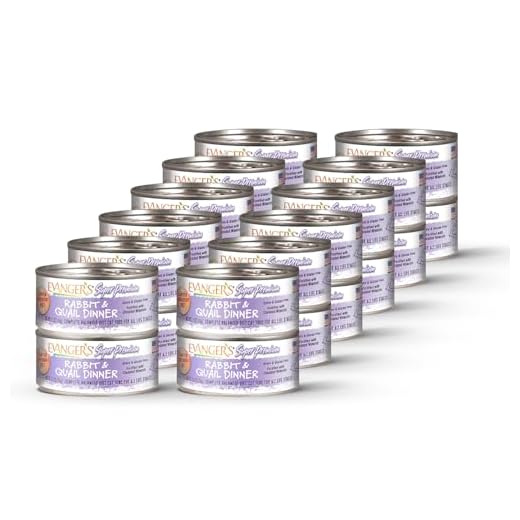
Fresh food is delightful, but having it come back up isn’t so enjoyable. If this happens frequently, a few factors might be at play. First, consider the speed of consumption. I often get too excited at mealtime and gobble down my dinner too quickly. Trying smaller portions or using a slow feeder can help me savor each bite and reduce the risk of regurgitation.
Another aspect to examine is the type of food being served. Some ingredients can be hard on my delicate tummy. If I’m eating something that doesn’t agree with me, it’s essential to switch to a more digestible option. Look for high-quality formulas that cater to sensitive stomachs.
Hydration also plays a role. Sometimes, I might not drink enough water, which can lead to gastrointestinal issues. Ensuring that I have access to fresh water at all times is crucial for my overall health and well-being.
Finally, don’t overlook the significance of regular vet check-ups. Issues like allergies or underlying health conditions may require professional attention. Staying proactive about my health can make all the difference in keeping me happy and healthy.
Common Reasons for Post-Meal Vomiting in Felines
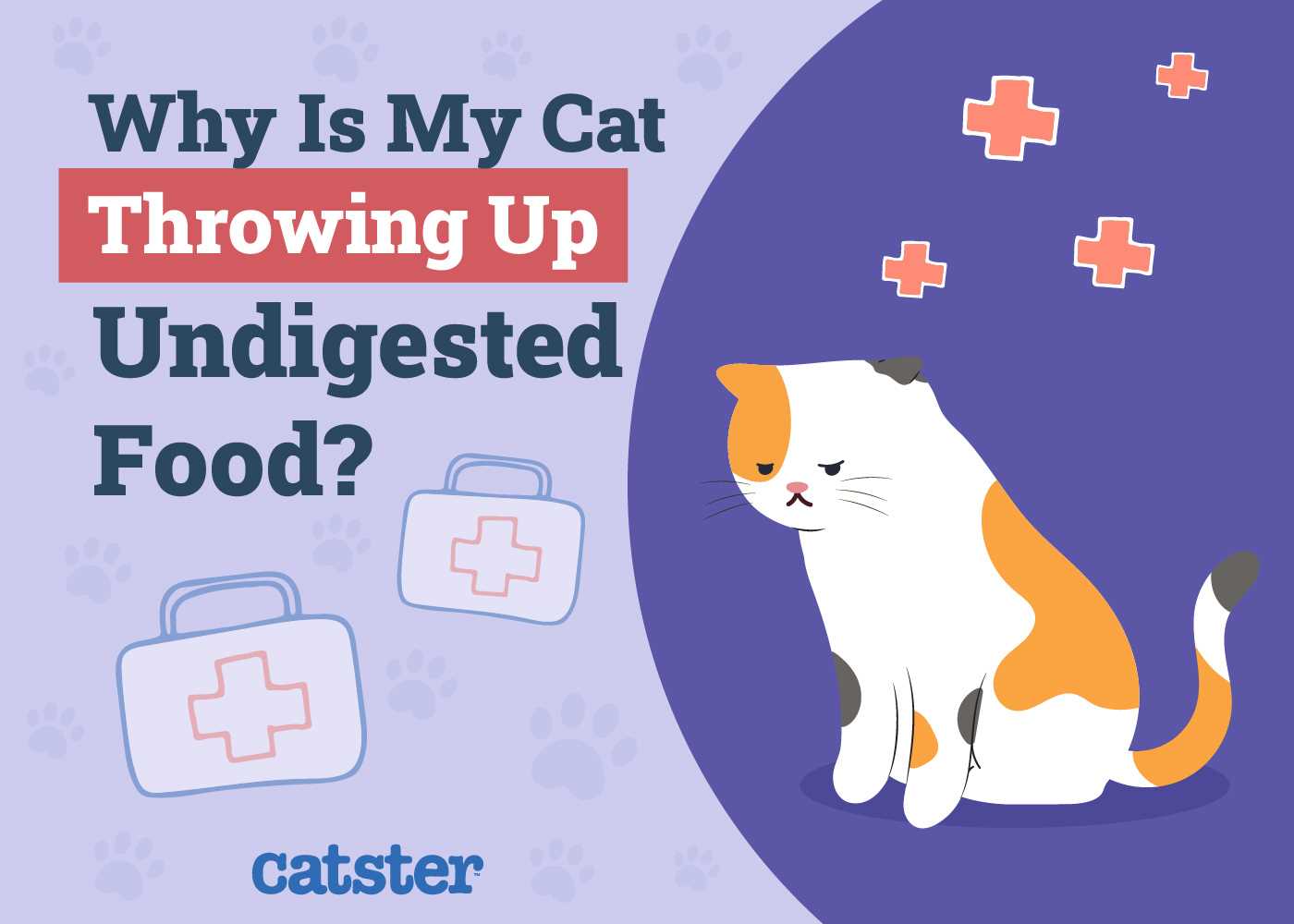
Immediate consumption of food can lead to regurgitation. If I eat too quickly, my stomach may not have enough time to process the meal properly. Slowing down feeding by using puzzle feeders or spreading food over a wider surface can help prevent this issue.
Food Sensitivities
Some ingredients in my diet might not sit well with my tummy. Allergies or intolerances can trigger an upset stomach. Keeping track of what I eat and how my body reacts can assist in identifying problematic items. Switching to a limited ingredient diet under vet guidance may be beneficial.
Hairballs
Being a fluffy fellow, I often swallow hair while grooming. This can lead to hairballs that my body tries to expel. Regular brushing can minimize the amount of fur I ingest, reducing the chances of hairball-related issues.
Gastric problems can also arise from underlying health conditions. If vomiting persists, a visit to the vet is necessary to rule out any serious concerns. Keeping my health in check ensures I stay happy and active!
How Food Type Affects Your Pet’s Digestion
Choosing the right kind of food is crucial for maintaining a healthy digestive system. High-quality ingredients can lead to better nutrient absorption and less gastrointestinal distress. For me, the switch to premium dry food made all the difference. I recommend looking for options specifically formulated for sensitive stomachs, like dry cat food for cats that vomit excessively.
Types of Food and Their Impact
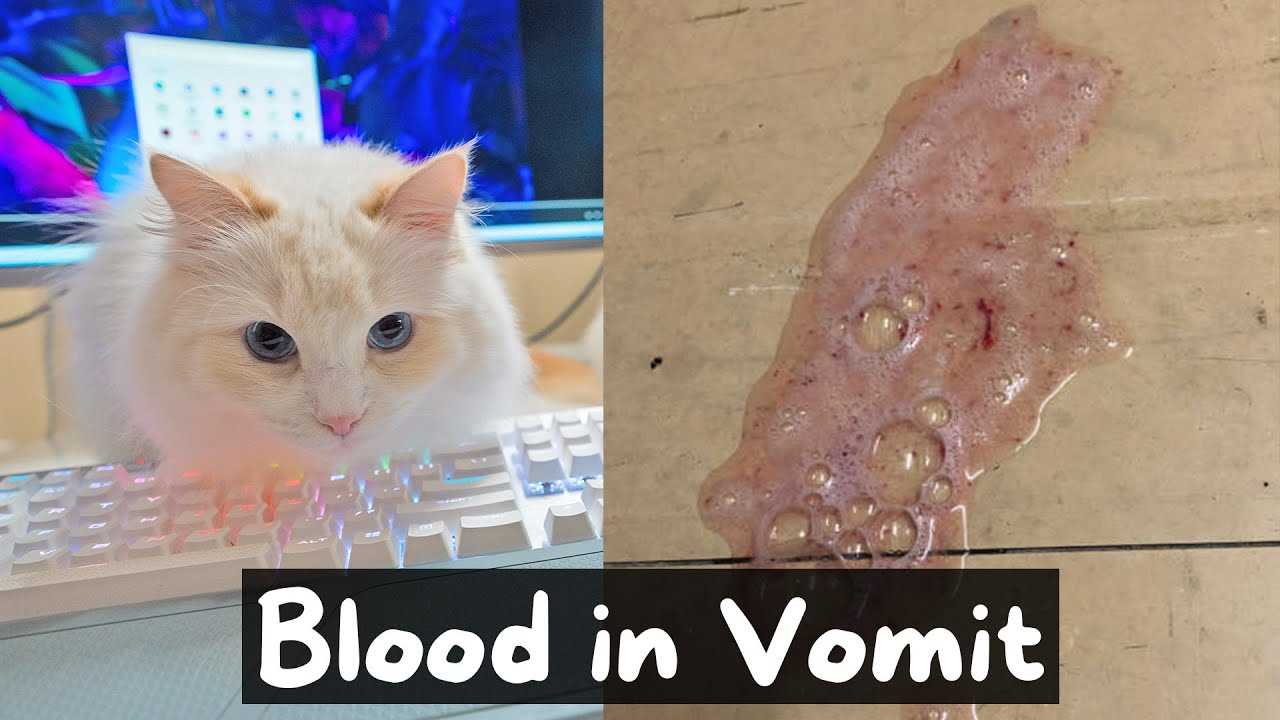
The texture and composition of food play significant roles in digestion. Dry kibble tends to be easier to digest due to its lower moisture content, while wet food can be more palatable but may lead to faster eating and subsequent regurgitation. Here’s a breakdown:
| Food Type | Effect on Digestion |
|---|---|
| Dry Food | Generally easier to digest; promotes dental health. |
| Wet Food | Higher moisture content; can lead to quicker eating. |
| Grain-Free | May reduce allergies; monitor for digestive upset. |
| High-Protein | Supports muscle health; some may struggle with high fat content. |
Ingredient Quality Matters
Not all pet foods are created equal. Ingredients should be easily recognizable, and protein sources should come from real meat rather than meat by-products. Artificial additives can cause digestive issues, leading to discomfort and vomiting. Always check the label for quality assurance.
The Role of Eating Speed in Feline Vomiting
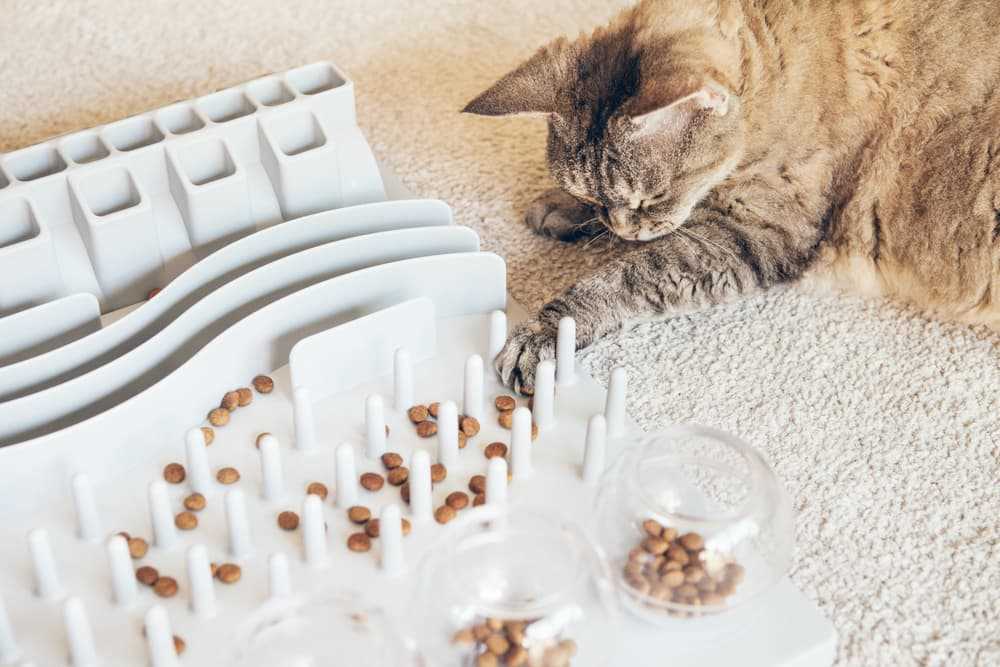
Slow down during meals! Rapid consumption can lead to an upset stomach, resulting in regurgitation. I recommend using a puzzle feeder or spreading food on a flat surface to encourage a leisurely eating pace.
- Consider using a slow feeder bowl to promote a healthier eating tempo.
- Monitor portion sizes to avoid overwhelming your furry friend with too much food at once.
- Try feeding smaller meals throughout the day instead of one or two large servings.
When I gobble my food too quickly, I often swallow air along with it. This can create discomfort and lead to an urge to expel what I just consumed. Keeping meals calm and relaxed makes a big difference.
Additionally, stress can increase eating speed. Creating a quiet, safe space during meal times helps in maintaining a steady rhythm. If there are distractions, such as loud noises or other pets, it might be beneficial to isolate meal times to enhance focus.
For those curious about cleanliness after meals, check out this best pressure washer for hand car wash for quick clean-up solutions!
Lastly, observe if there’s a pattern between eating habits and vomiting incidents. Keeping a feeding diary can provide insight into what works best for maintaining comfort during meals.
Identifying Food Allergies or Intolerances in Cats
Start with a food elimination trial. Choose a novel protein source and a limited ingredient diet for at least 8-12 weeks. Monitor for any changes in behavior or digestion. Keep a journal to track meals and symptoms.
Look for signs such as excessive grooming, itching, or gastrointestinal issues. Vomiting may not be the only indicator; watch for diarrhea or changes in appetite. Consult a veterinarian for allergy testing or further diagnostics if symptoms persist.
Consider the type of ingredients in commercial foods. Common allergens include chicken, beef, dairy, and wheat. Avoid artificially flavored or colored products, as they can exacerbate sensitivities.
Introduce new foods gradually, mixing them with the current diet over several days. This approach helps identify which ingredients trigger adverse reactions. If a specific food causes issues, remove it immediately and observe for improvements.
Be aware of cross-contamination in treats or shared meals. Even small amounts of an allergen can lead to reactions. Choose dedicated feeding spaces and utensils to minimize risks.
Maintain regular check-ups with a veterinarian. Discuss any ongoing concerns and adjustments to dietary plans. They may recommend specialized food or supplements to support digestive health.
Patience is key. Identifying allergies or intolerances can take time, but the right approach leads to a happier, healthier life. Do not hesitate to seek professional advice throughout the process.
When to Consult a Veterinarian About Vomiting
If frequent regurgitation occurs, it’s critical to seek professional advice. Signs indicating the need for a vet visit include: persistent vomiting over a day, presence of blood in the vomit, significant lethargy, or refusal to eat for more than 24 hours. Additionally, if weight loss is noticeable, immediate attention is necessary.
Behavioral Changes and Other Symptoms
Watch for behavioral shifts. If I become unusually withdrawn or exhibit signs of discomfort, it’s a signal to reach out to a veterinarian. Other alarming indicators include diarrhea, excessive drooling, or any signs of pain during grooming or handling.
Underlying Health Issues
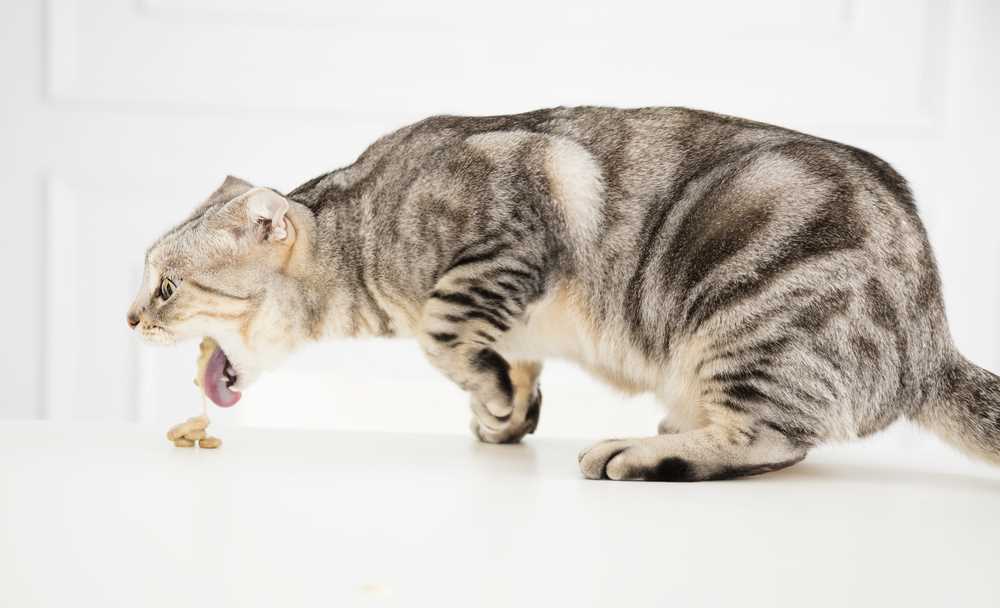
Occasional vomiting can stem from minor issues, but recurrent episodes may suggest more serious health conditions. These can include gastrointestinal disorders, infections, or even organ dysfunction. Ignoring these signs could lead to severe complications. Regular check-ups can help catch conditions early, improving the chances of successful treatment.
Tips for Preventing Vomiting After Meals
To help maintain a tidy home and a happy tummy, here are some strategies I’ve picked up:
- Slow Feeder Bowls: Using a bowl designed to slow down eating can significantly reduce gulping and the risk of regurgitation.
- Smaller Portions: Serving smaller meals throughout the day keeps my energy up without overwhelming my digestive system.
- Elevated Feeding Station: Raising my food dish can improve posture while eating, making it easier to digest.
- Hydration: Keeping a fresh bowl of water nearby encourages proper hydration, aiding overall digestion.
- Quality Food: Choosing high-quality, easily digestible food can minimize stomach upset and promote better health.
- Routine: Establishing a consistent feeding schedule helps regulate my digestive process.
- Limit Treats: Reducing the number of snacks between meals prevents upset stomachs and keeps me feeling balanced.
Implementing these tips has made me feel more comfortable and content during meal times. Keeping things simple and straightforward really helps!










